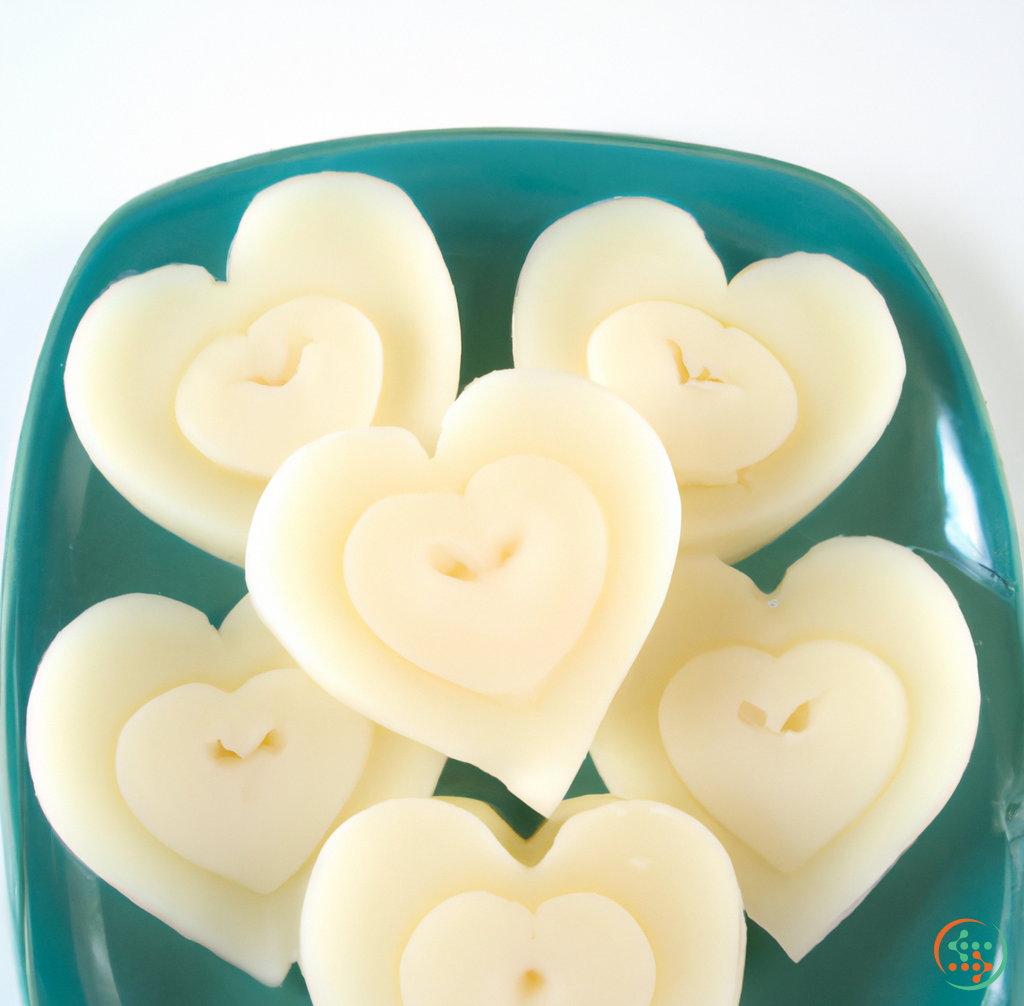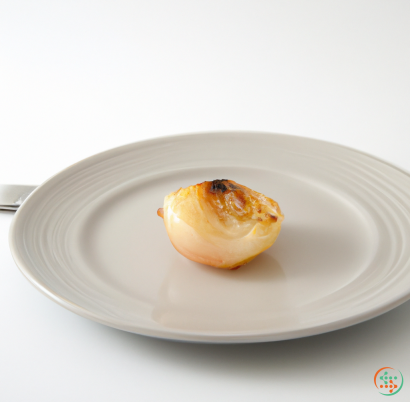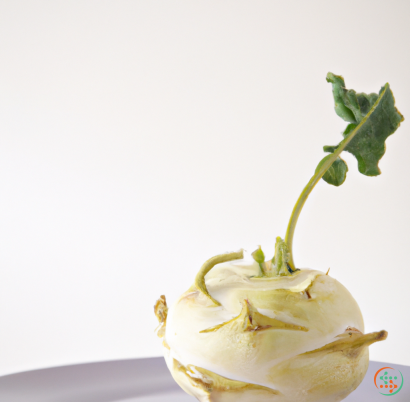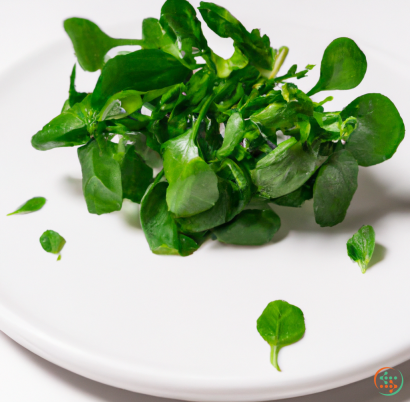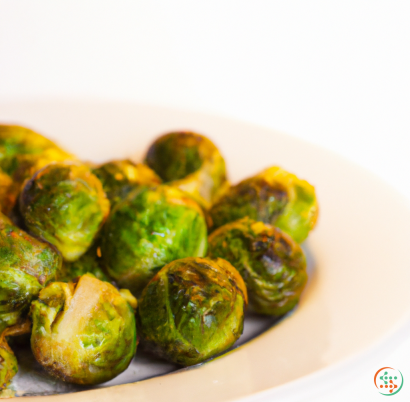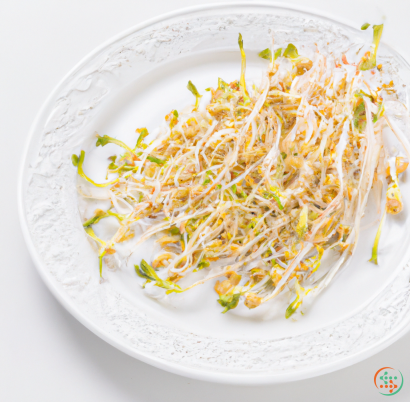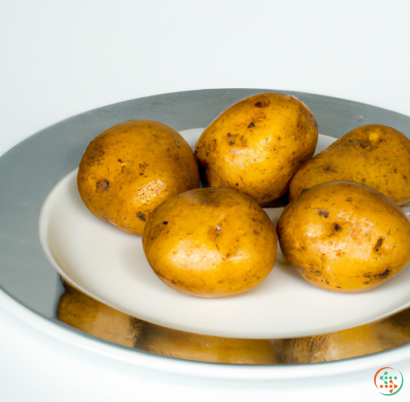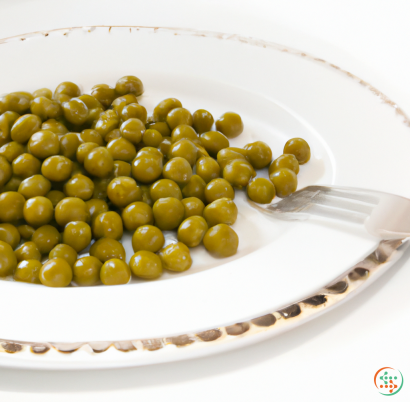Hearts Of Palm
and how to eat it
What is a Heart of Palm?
Heart of palm is a type of vegetable with a unique, slightly sweet flavor. It has a light, crunchy consistency that is similar to artichoke hearts, and is enjoyed in salads, sandwiches, soups, and more. Heart of palm is harvested from the inner core of a young or immature palm tree, typically the Sabal palmetto or the Peach palm. Many people are surprised to find out that heart of palm is actually a member of the lily family.
Even though heart of palm is a fairly adaptable ingredient, its availability remains rather limited. This is because it is considered to be an endangered species due to its overharvesting. Fortunately, there are sustainable forms of harvesting that have been developed over the last few years.
What does Heart of Palm Taste Like?
Heart of palm holds a mild flavor that balances sweet and earthy notes. Its taste is hard to pinpoint as it takes on the flavor of whatever it is cooked with. The taste pairs perfectly with acidic flavors like lemon and vinegars, making it a versatile ingredient that can easily be incorporated into dishes that accentuate its natural flavors.
How to Eat Heart of Palm
One of the most popular ways to enjoy heart of palm is in a salad. It can be sliced thinly and added to a green salad, along with some chopped nuts, salty cheese, and a dressing of your choice. For a heartier option, heart of palm can be tossed with beans, roasted vegetables, and a vinaigrette.
Heart of palm is also an excellent addition to sandwiches and wraps. It's best to slice the heart of palm into thin strips and mix it with some chopped herbs and a spread of your choice. Add fresh greens, avocado, and tomatoes for a flavorful vegan or vegetarian meal.
Soup is another delicious way to incorporate heart of palm into a meal. Add cooked heart of palm to a basic vegetable soup for an added layer of flavor. For a creamy option, stir cooked heart of palm into a cream of spinach or asparagus soup.
Heart of palm can also be grilled, sautéed, stir-fried, or roasted. For a grilled version, try brushing heart of palm spears with oil and seasoning before grilling. For a sautéed version, toss it with onions and garlic before serving over cooked grain and vegetables. For roasting, simply add chopped heart of palm to a baking dish and season well before adding your favorite vegetables.
Preserving and Storing Heart of Palm
If you come across a large quantity of heart of palm that you don’t plan on using immediately, you can preserve it. The best way to preserve heart of palm is to freeze it. Gently rinse the hearts of palm before cutting them into thin slices and placing them on a parchment-lined baking sheet. Flash freeze them for 10-15 minutes before transferring them to an airtight container. This will keep the hearts of palm fresh for up to one year.
For short-term storage, place the airtight container in the refrigerator. This will keep the heart of palm fresh for up to one week. If you're not sure how much heart of palm to use in a recipe, store the leftovers in a sealed container and refrigerate until ready to use.
Conclusion
Heart of palm is a vegetable that is a great addition to salads, sandwiches, soups, and more. It has a light, slightly sweet flavor and a crunchy texture that blends well with a variety of dishes. To ensure the sustainability of future harvests, opt for harvests that are certified sustainable. Heart of palm is also quite versatile and can be frozen, refrigerated, grilled, sautéed, or roasted for a delicious and nutritious meal. Adding heart of palm to your meal plan is a great way to add flavor and nutrition to your diet.
The Journey of a Heart of Palm from its Natural Home to a Dinner Plate
Hearts of palm, also known as swamp cabbage, are the edible stems of a certain type of palm tree, typically the cabbage palm (Sabal mauritiiformis). This variety of palm tree is known for its mild flavor and crunchy texture, making it a delightful addition to a variety of dishes, particularly salads. The heart of palm is highly sought after and has quickly become a popular ingredient, bringing a tropical flair to any dish. Yet, due to its popularity and seasonal availability, few people understand the journey of a heart of palm from its natural origin to its eventual presentation on a dinner plate.
What is a Heart of Palm?
Most commonly referred to as hearts of palm, this vegetable is actually the unopened base of a palm frond. The heart of palm is surrounded by protective layers, which vary in color depending on the variety of palm tree. It has a mild and slightly nutty flavor, with a crisp and firm texture, similar to celery or artichoke hearts. It is mostly available in cans and jars, however, more recently, fresh and vacuum-packed hearts of palm have become increasingly popular.
Where Do Hearts of Palm Come From?
Harvesting hearts of palm is an ancient practice, but it is only in the past two centuries that commercial production has grown. Currently, over 90% of hearts of palm is sourced from Central and South America, mainly from Colombia and Costa Rica. The cabbage palm, which is the most commonly harvested species, can be aged up to 14 years before it is eligible for harvesting, which requires skilled labor and specialized tools.
How is a Heart of Palm Harvested?
The harvesting process is relatively simple, as it mainly involves cutting off the bottommost segment of the palm frond. This section contains the heart of palm, and it is carefully cut before the harvesting crew moves on to the next frond. The flowering parts are left in place, allowing the tree to continue growing, and allowing it to produce fruit, maintain its ecosystem-supporting role, and ultimately, to reproduce and be maintained in its natural environment.
Very short and immature shoots and plants must be left in place as well, in order to ensure the sustainability of the species. A single heart of palm has to be cut from 3-4 stems in order for the plant to be relegated and left to continue growing.
What Happens After It is Harvested?
The harvesting stage is considered only 50% of the work involved in collecting hearts of palm. The following stages involve washing and trimming, which can be done manually or by machine. Then, the hearts of palm are graded on their sizes and qualities, based on firmness and length. Once the grading is complete, the hearts are placed into troughs with cold water which aids in the preservation of the hearts.
The sorting is done by women and experienced elders who have mastered the skill of finding “golden” hearts, which happen to be the larger and firmer varieties, and thus fetch a higher price. After sorting, the hearts of palm are placed into crates, which are then taken to local townships or processing plants. Here, the harvesting crews may sell them to companies specializing in the canned and jarred products, beverages, or frozen sectors.
What Happens after the Hearts of Palm are Processed?
The hearts of palm which have been sold to the processing plants are then vacuum-packed, canned, frozen, or jarred. The specifics of this process depend on the end product, however, the best quality hearts of palm will be canned within 24 hours of harvesting. In the canning process, the hearts of palm need to be cooked to ensure softness and safety for consumers.
The hearts of palm are then packed in a preservative liquid, adding additional flavor to make them inviting. After packing, the hearts are processed in ovens to reduce their moisture level and they are then sealed before being labeled and shipped to various destinations around the world.
How Does the Heart of Palm End Up on a Dinner Plate?
Hearts of palm can be found in a variety of dishes due to its versatile flavor and range of textures. Once the hearts of palm have reached their destination, retailers supply them to grocery stores, food markets, and specialty adaptors for chefs and home cooks. The hearts of palm are ready to be prepared and used in different dishes such as salads, sandwiches, soups, and casseroles.
The hearts of palm can be used raw as well. However, for a softer texture and milder flavor, it is recommended that they are boiled for two minutes, if using them raw. It is important to note that they are usually very crunchy, so some people opt to chop them into smaller slices.
Conclusion
To sum up, the journey of a heart of palm begins at a palm tree and ends on the plates of restaurants and the home cook. The harvesting process requires care, skill, and focus as they are seeking out the firmer and longer varieties, and leaving the plants in place to keep the species sustainable. After it is harvested, the hearts of palm are then washed, trimmed, and graded before they are sorted and transported to processing plants and townships. Here, the hearts are canned, jarred, frozen, or vacuum-packed, before traveling to different countries, entering grocery stores, and eventually, making their way to dinner plates.
| Vitamin C | 0.0079 grams | |
| Vitamin B1 | 0.01 mg | |
| Vitamin B2 | 0.06 mg | |
| Vitamin B3 | 0.44 mg | |
| Vitamin B5 | 0.13 mg | |
| Vitamin B6 | 0.02 mg | |
| Vitamin B9 | 0.039 mg |
| Calcium | 0.058 grams |
Daily Value 1.3 g
|
| Iron | 0.00313 grams |
Daily Value 0.018 g
|
| Magnesium | 0.038 grams |
Daily Value 0.4 g
|
| Phosphorus | 0.065 grams |
Daily Value 1.25 g
|
| Potassium | 0.177 grams |
Daily Value 4.7 g
|
| Sodium | 0.426 grams |
Daily Value 2.3 g
|
| Zinc | 0.00115 grams |
Daily Value 0.011 g
|
| Copper | 0.13 mg |
Daily Value 0.9 mg
|
| Manganese | 0.00139 grams |
Daily Value 0.0023 g
|
| Selenium | 0.7 ug |
Daily Value 0.055 mg
|
| Tryptophan | 0.023 grams | |
| Threonine | 0.097 grams | |
| Isoleucine | 0.101 grams | |
| Leucine | 0.169 grams | |
| Lysine | 0.091 grams | |
| Methionine | 0.042 grams | |
| Cystine | 0.019 grams | |
| Phenylalanine | 0.098 grams | |
| Tyrosine | 0.049 grams | |
| Valine | 0.114 grams | |
| Arginine | 0.178 grams | |
| Histidine | 0.055 grams | |
| Alanine | 0.111 grams | |
| Aspartic Acid | 0.168 grams | |
| Glutamic Acid | 0.296 grams | |
| Glycine | 0.108 grams | |
| Proline | 0.088 grams | |
| Serine | 0.081 grams |
| Total Sugars | 0.131141 grams |
per 100g
|
| Palmitic acid (16:0) | 0.11 grams |
|
| Stearic acid (18:0) | 0.02 grams |
|
| Total Saturated fatty acids: | 0.13 g | |
| Oleic acid (18:1) | 0.1 grams |
|
| Total Monounsaturated fatty acids: | 0.1 g | |
| Linolenic acid (18:3) | 0.02 grams |
|
| Linoleic acid (18:2) | 0.18 grams |
|
| Total Polyunsaturated fatty acids: | 0.2 g | |
